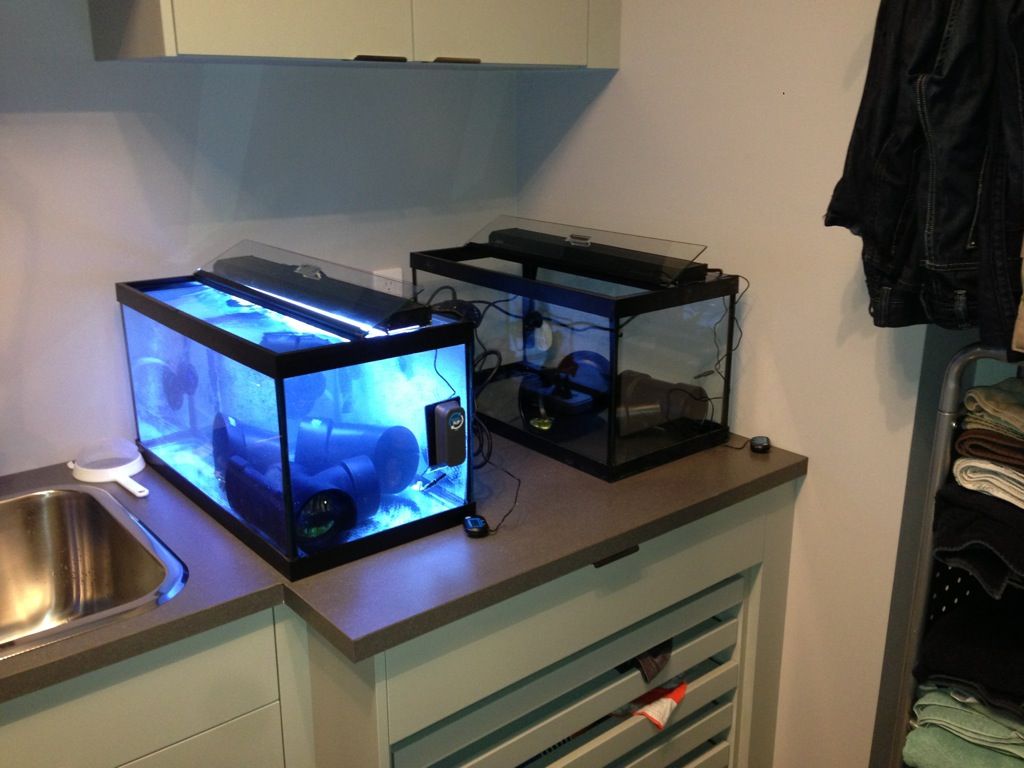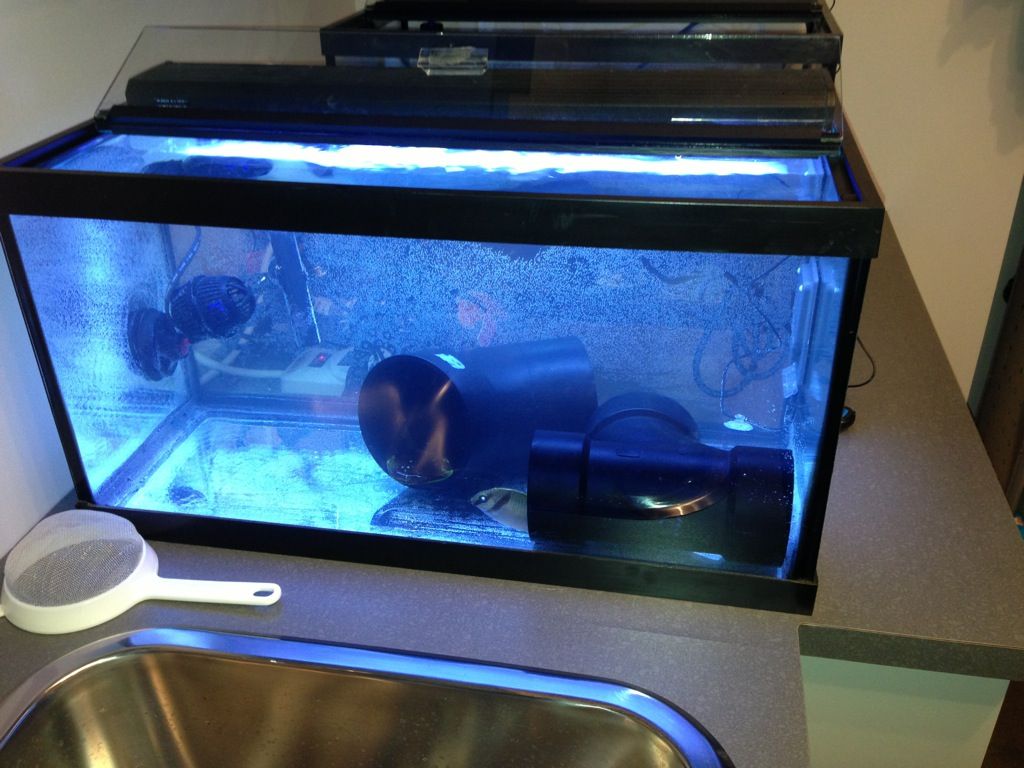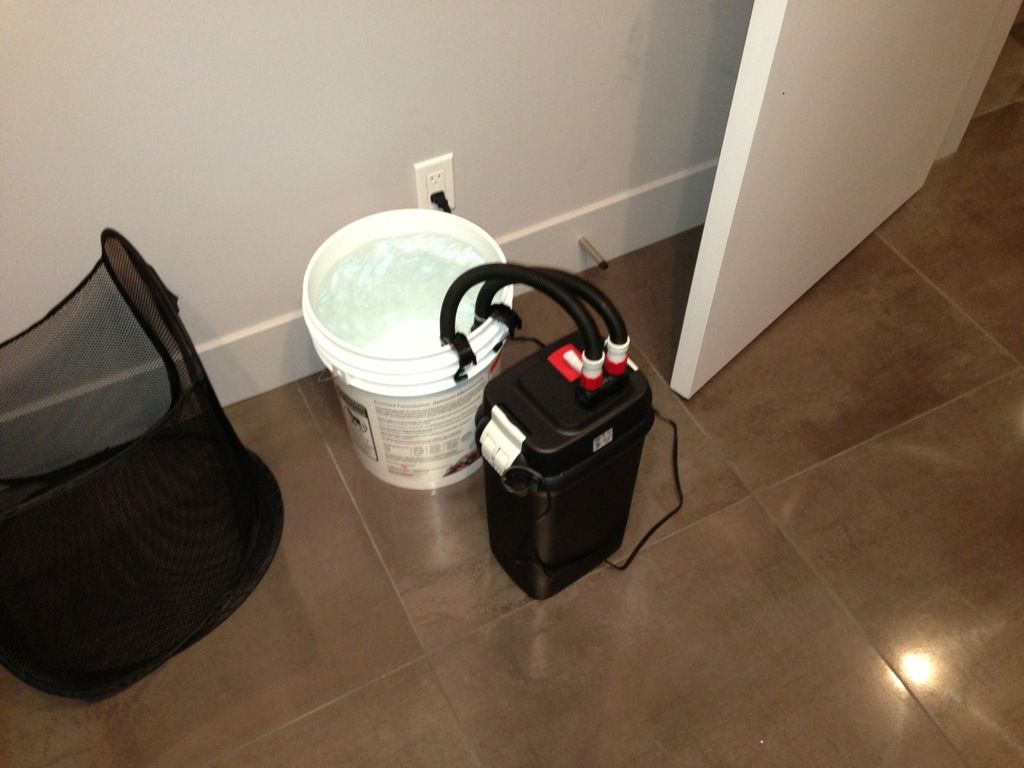So I'm officially done using copper. For good. Of the 7 fish I bought to replace the guys who died, two survived the prophylactic cupramine treatment. I knew some or all had ich (flashing, came from tanks with visible ich present), so there was no way I wasn't going to treat them, but good lord.
To add insult to injury, I have now done enough research on Cryptocarion irritans to quote it's life-cycle stages in my sleep, and I'm no longer convinced that the recommended course of cupramine (or any copper medication) is sufficient to eradicate ich from a system. It will definitely clear it from the fish, but since you're 'supposed' to leave the fish in the quarantine tank for a couple of weeks after completing the copper treatment, you run a very real risk of the fish becoming re-infected in the QT from tomonts that lodged in places you couldn't clean (the bio-media of your filter, for example) that encysted before copper reached therapeutic levels. Crypt tomonts can easily stay encysted for 5+ weeks, and no one would recommend treating a fish that long. Basically, the 14 day recommended course of treatment on the cupramine bottle is woefully insufficient to clear the parasite based on well established published literature. I think they recommend 14 days because anything longer is dangerous to the fish.
The only treatment method that I've seen that makes any sense from a 'total eradication' perspective is the tank transfer method, which takes the wild card tomonts out of the picture completely. As a result, I've completely re-done my QT system to accommodate for this method:
Gone is the 40 gallon breeder with external canister filter, and in it's place is two 15 gallon tanks, each with their own light, heater, and power head:

I transferred my two survivors from the 40 gallon (which still had therapeutic levels of copper, I let it run for my two survivors an extra week) to one of the 15s, which was sterile and, taking care to transfer as little water as possible.

I then bleach bombed everything that had been in water in the 40 (heater, powerhead, canister filter, PVC lengths) and cleaned and dried everything. I was thinking I would then re-set up the canister filter and cycle it in a 5 gallon bucket in the garage so that I could add it back to one of the 15s after the final tank transfer was complete for a future batch of fish, but now I'm thinking that filter might be overkill for a 15 gallon tank:

Instead, I might cycle the media from an aquaclear 20 in a bucket and just put that on one of the 15s after the last transfer is complete.
For the 2 fish that I do have, I've basically just done the first transfer of the transfer process, but since they spent three weeks in therapeutic levels of copper, and were in that water right up to the moment they were transferred to this new tank, I'm not sure if I need to do the full transfer protocol. There's no tomonts in this new 15 gallon to re-infect them now that the copper levels are zero, so assuming there's no signs of re-infection by thursday, I might just put them back in the display. I bought a 2 litre of prime to deal with the ammonia that's going to result from keeping fish in filterless tanks.
So far, I can say that the biggest fear I had about using this method was the stress to the fish, but while the transfer itself was clearly unpleasant for them, within 3 minutes of being in the new water they were acting totally normally, and ate an hour later, so it's the trade-off of the acute, but highly temporary stress of catching them every three days, vs the stress of continuously subjecting them to poison for weeks and then them being re-infected. I think the acute but temporary stress is better.